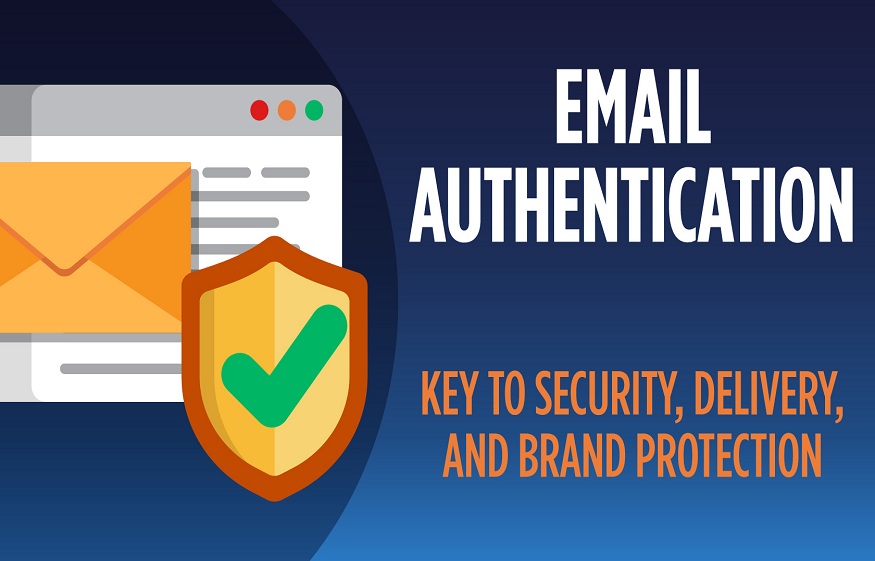Email Authentication – Don’t let your emails end up in spam
You’ve probably heard that email deliverability is important. But what exactly is email deliverability?
Email deliverability simply expresses that a sent email reaches the inbox of the email recipient. Deliverability is also tied to inbox placement, whether an email appears in the main inbox, the promotional tab, another inbox, or the dreaded spam folder.
IP address reputation: rating your IP address reputation based on the quality and types of emails you send
Domain Reputation: Assessing your email domain’s reputation based on the quality and types of emails you send
These factors are all important. In this article, however, we’re going to focus on the “holy grail” of email deliverability: email engagement.
What is Email Engagement?
Email engagement is defined as the set of ways a contact interacts with your emails. This is a primary factor in your email deliverability rate.
- The email engagement rate is measured by:
- Number and frequency of spam complaints
- How often contacts move your emails to their spam folder
Each of a contact’s interactions with your emails is an indicator of positive or negative email engagement.
How did email engagement become the holy grail of email deliverability?
An essential communication tool for nearly 30 years, e-mail has evolved over time. Email service providers (ISPs) determine senders’ email deliverability.
Among them, the best known are:
In the past, vendors looked at a few key criteria to gauge email deliverability:
However, suppliers first noticed that shippers could manipulate and even falsify these measurement criteria. Because senders didn’t follow best practices, email providers figured out a better way to hold them accountable for their actions.
As email became a marketing and sales tool, algorithms and machine learning replaced human skills. Email service providers have therefore favored automation to ensure consistency and cope with ever-increasing email activity. Since then, providers have taken different data into account when evaluating email senders.
Email content
Each of these factors is taken into account when measuring email engagement. And because it’s data-centric, email engagement has become the most important factor in email deliverability.
So consider email engagement as a trust indicator. If you send emails that receive high levels of positive engagement, email providers will consider you a credible sender and reward you with a better email deliverability rate. A virtuous circle is then engaged.
Email deliverability assessment is now based more on the merit of the individual sender – with accurate data to back it up. Of all the other criteria, email engagement is therefore the best factor today for evaluating email deliverability, as well as IP address reputation and domain reputation.
What is the contact engagement cycle?
The contact engagement cycle is the natural progression of a contact’s interactions with the content of your email. The cycle classifies your email contacts into 5 categories based on their last interaction with your emails:
Each contact is different, and may go through the cycle faster or slower than another contact. Some contacts will subscribe and never interact with any of your emails.
What does this mean for your email strategy?
Actively Engaged: These contacts are your “ambassadors”. They look forward to your emails and want to hear from you. These contacts drive positive engagement and you should send them your mailings more frequently.
Recently Engaged: These contacts are still engaged, but may lose interest. Send them your e-mails regularly knowing that some will become ambassadors, and that others will gradually disappear.
Disengaged: These contacts are not engaged and you need to rebuild the relationship with them. You can use re-engagement campaigns, coupons, offers, and other strategies to re-engage them.
Re-engagement needed: These contacts should most likely be removed from your list – their continued lack of engagement can hurt your email deliverability. Re-engage these contacts with caution.
Inactive: Remove these contacts from your mailing list. Continuing to email them is dangerous for your email deliverability.
The phases above are just one example of an engagement cycle timeline. It’s important to design your email engagement cycle around your industry and business model.
If you sell cars, the chances of selling a car to someone who bought one a few months ago are slim. If you sell cat food, the odds are much higher.
Segment your list based on engagement
Email engagement is about quality, not quantity . It is better to have a small list of highly engaged contacts than a large list of unengaged contacts.
How do you know which is which?
Segmentation allows you to group your contacts according to similar attributes and/or behaviors. A contact list isn’t really a list – it’s made up of smaller, more subtle lists. Segmentation identifies these small lists within your overall list.
Each email provider has their own ways of segmenting. At ActiveCampaign, we offer 3 different ways to split your list:
Lists : A list is intended to represent a wide range of contacts who have a primary interest in common (such as “customers”.)
Tags : Tags organize contacts at a deeper level than lists by highlighting more specific and dynamic characteristics about a contact
Custom fields: Custom fields are the most targeted and personalized level of segmentation and indicate fixed and unique contact attributes (example: birthday, shirt size, address)
Tags reflect a contact’s level of engagement at the exact moment , but they also enable status changes as a contact interacts with the engagement lifecycle.


Leave a Reply
You must be logged in to post a comment.